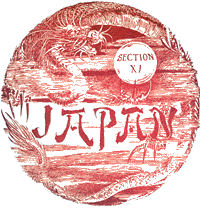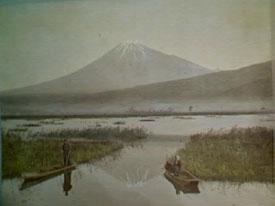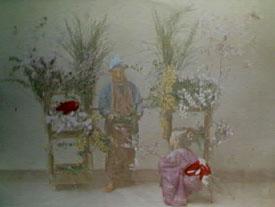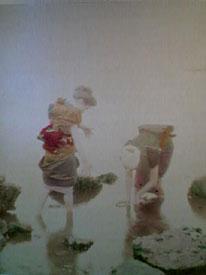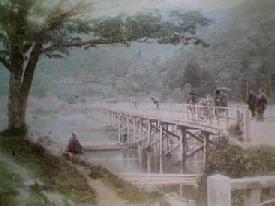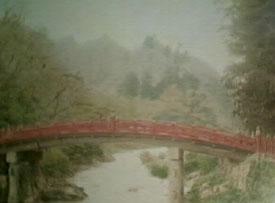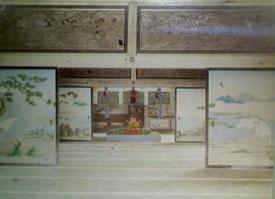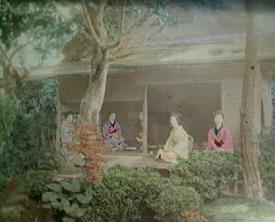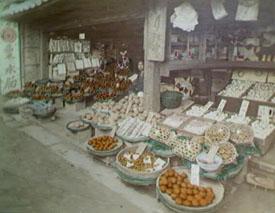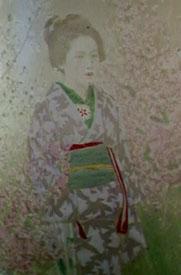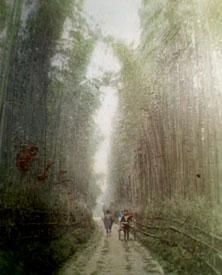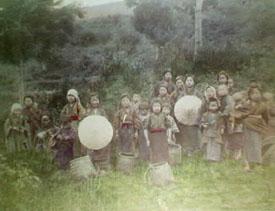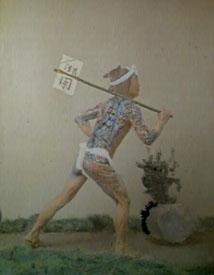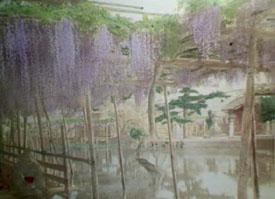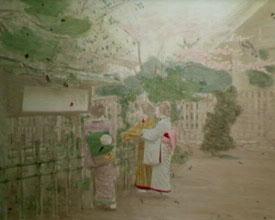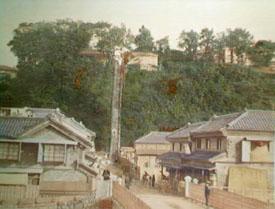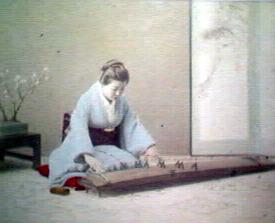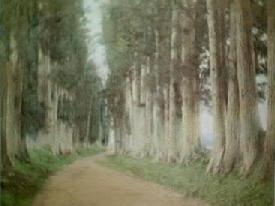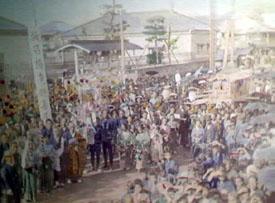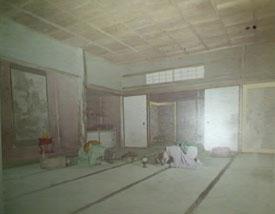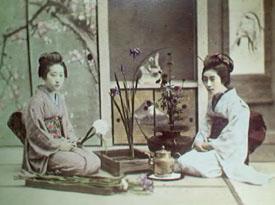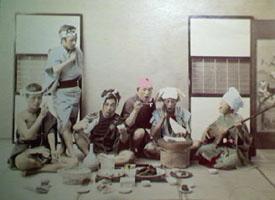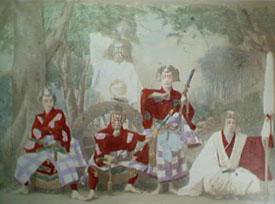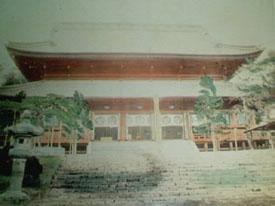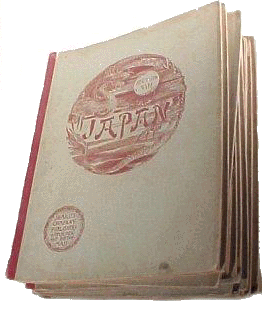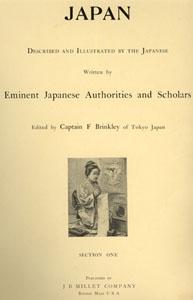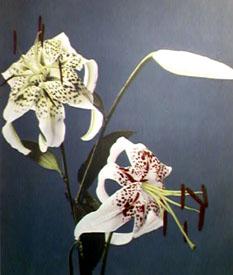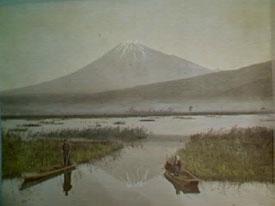Albumen Photographs, Hand Colored
Japan, Described and Illustrated by the Japanese
|
||||||||||||||||||||||||||||||||||||||||||||||||||||||||||||||
|
||||||||||||||||||||||||||||||||||||||||||||||||||||||||||||||
|
Brinkley, Frank (Captain): This work is a profusely illustrated view of the Japanese people and Japan at large. It is a comprehensive view (written and pictorial) of that culture at the close of the 19th century before the results of western influence were manifest. The illustrations present well known as well as more obscure places, daily activities, and people engaged in the toil of trades, farming, commerce, leisure time activities and household activities. The set is organized into specific topics, covering Japanese festivals, history, customs, medieval Japan etc. Each section has narrative and comprehensive complementary art/illustrations. There are no table of contents or listing of the photographs as found in the hardbound named editions. The accompanying illustrations/art are, perhaps, the key and distinguishing feature of the Brinkley books. Each section begins with a beautiful full plate color collotype photograph of a flower (photographed by K. Ogawa) and contains two full plate (2) hand colored albumen photographs of people, everyday activities or scenic places. There are numerous black and white photo illustrations in the text that show the interiors of homes, art works, scenery, activities of daily life, and a host of other views on Japan in the late 19th century. While not credited in the text, the photos are believed to be by Kozaburo Tamamura with colored added in his studio (sometimes referred to as a picture factory) by a large (100+) staff of colorists. Each section also contains a full page mono-color plate reproducing patterns. This 15 section set has the same text as in the standard 10 volume sets that are found with cloth covers. It contains the same handcolored albumen photographs (30) and the same in text photographs. This 15 section set does contain 5 additional Ogawa color collotypes of flowers not found in the 10 volume cloth bound sets. The normal length of each volume in the 15 section set is 25 pages per set where the average length per volume of the 10 volume set is 38 pages. |
||||||||||||||||||||||||||||||||||||||||||||||||||||||||||||||
|
Section I. Japan - I. The Empire, Its Size, Buildings, Cities and Scenery. (Pages 1~22)
Section II -- The Early Japanese and Their History. (Pages 23~48)
Section III. The Early Japanese and Their History (continued). The Story of the Forty-Seven Ronins. (Pages 49~74)
Section IV. Establishment of the Tokugawa Dynasty and Japan's Relations with the Orient in the Early Ages of the Christian Era. (Pages 75~100)
Section V. Establishment of the Tokugawa Dynasty and Japan's Relations with the Orient in the Early Ages of the Christian Era (Continued). Mediaeval Japan. (Pages 101~126)
Section VI. Mediaeval Japan (Continued). Yoshitsune, Genghis and the Mongol Invasion (Pages 127~152)
Section VII. Yoshitsune, Genghis and the Mongol Invasion (Continued). Creeds and Castles. (Pages 153~178)
Section VIII. Creeds and Castles (Continued). Religion & Rites (Pages 179~204)
Section IX. Religion & Rites. Superstitions and Divination. (Pages 205~231)
Section X. Festivals. Observances and Pastimes. (Pages 232~256)
Section XI. Observances and Pastimes. (Pages 257~282)
Section XII. Observances and Pastimes (Continued). Japan's Commercial and Political Intercourse with Foreign Countries. (Pages 283~308)
Section XIII. Japan's Commercial and Political Intercourse with Foreign Countries (Continued). (Pages 309~334)
Section XIV. Japan's Commercial and Political Intercourse with Foreign Countries (Continued). The Attitude of Japan Toward Foreign Residents - Japanese Finance. The Attitude of Japan Toward Foreign Residents-Japanese Finance (Continued). Modern Japan in Brief. (Pages 335~360)
Section XV. Modern Japan in Brief (Continued). (Pages 361~382)
| ||||||||||||||||||||||||||||||||||||||||||||||||||||||||||||||
|
||||||||||||||||||||||||||||||||||||||||||||||||||||||||||||||
|
Color Flower Collotypes by Ogawa
* Albumen Photographs. Albumen prints were introduced around 1850 by the French photographer Louis-Désiré Blanquart-Evrard. The albumen paper was prepared by first floating a sheet of fine quality paper on a solution of albumen (hen egg white) mixed with a salt. This process was sometimes repeated several times. When dried, the albumem coated paper was floated on a silver nitrate solution. The silver nitrate combined with the salt to form light-sensitive silver chloride in the albumen binder layer. The paper can then be exposed to light in direct contact with the negative. Light energy converts the silver halide to metallic silver. The resulting silver-based image is fixed with an aqueous solution of sodium thiosulphate and gold-toned. The print is then washed extensively in clean water and dried. In a final step, albumen prints are often rewet and mounted to a heavy weight paperboard using heat and high pressure. Albumen prints are known for their subtly graded tones and fine-grained resolution. All albumen photographs exhibit a fine network of cracks in the albumen protein layer. Also, because of the difference in surface tension between the paper and the albumen layer, albumen prints tend to roll or curl in on themselves. For a site which deals extensively with albumen photographs, click here. | ||||||||||||||||||||||||||||||||||||||||||||||||||||||||||||||
